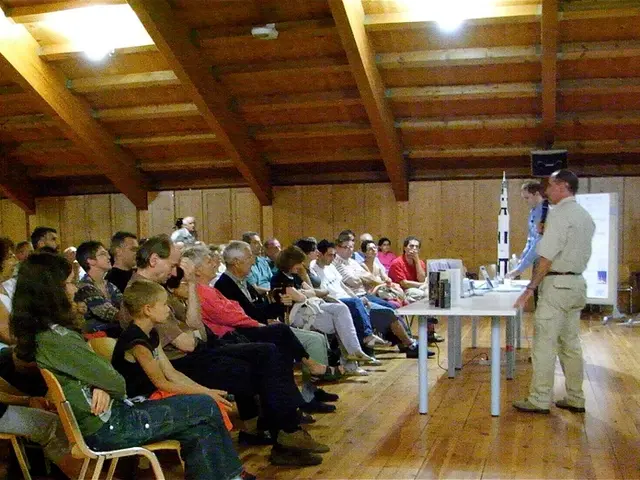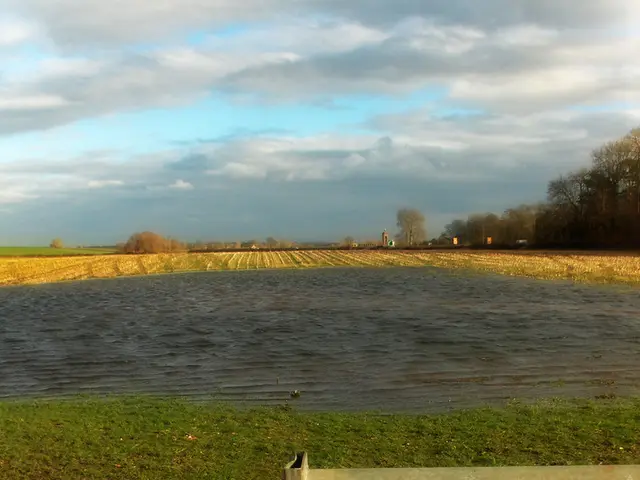A Rising Star Takes the Stage
In the vast expanse of the universe, stars play a pivotal role in the creation and dissemination of elements essential for life as we know it. These celestial bodies, including our very own Sun, sustain themselves through nuclear fusion, transforming hydrogen atoms into heavier elements like carbon, nitrogen, oxygen, and iron.
The story of a star's life cycle is a spectacle that transcends time and space. When a star exhausts its hydrogen, its core starts to collapse, becoming even hotter, eventually expanding outward and becoming a red giant. As the star nears the end of its life, it undergoes a remarkable transformation.
For massive stars, those over eight times the mass of the Sun, the end is a supernova - a dazzling burst of energy and light that scatters iron and other elements across the galaxy, allowing them to reform in new combinations. This cosmic event is not only a spectacle but also a crucial step in the universe's endless recycling system.
The image at the start of this article, a breathtaking depiction of a star being formed, was captured by NASA's James Webb Space Telescope. This image, a testament to the power of scientific exploration, represents time and an hourglass, cosmic recycling, and the infinite proportions of the universe.
The solar nebula from which the Sun formed also contained matter that was whisked away on solar winds and the remainder scattered into the Sun's orbit, eventually arranging into rocks, planets, plants, animals, and people. We are, indeed, made of star stuff.
Humanity's fascination with the stars has been a constant throughout history. From navigation to prophecy, the stars have provided answers and inspired awe. Today, they continue to offer clues to our wider universe and our place within it.
Over time, average stars eject their outermost layers until their cores are exposed, becoming white dwarfs that will cool and fade away into the night sky. Even in their twilight years, stars continue to contribute to the cosmic dance, their elements becoming part of new stars, planets, and lifeforms.
The universe, then, is an endless cosmic recycling system that binds everything together. As we gaze up at the night sky, we are not only looking at the ancient and the new, but also at the matter scattered across the void, and something truly spectacular - the story of our own existence.
Read also:
- Peptide YY (PYY): Exploring its Role in Appetite Suppression, Intestinal Health, and Cognitive Links
- Toddler Health: Rotavirus Signs, Origins, and Potential Complications
- Digestive issues and heart discomfort: Root causes and associated health conditions
- House Infernos: Deadly Hazards Surpassing the Flames








